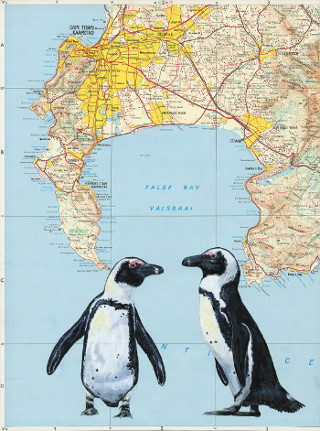
African Penguin
Formerly known as ‘Jackass’ Penguins, (if you’ve ever heard their bray you’ll know why!), these little chaps are the only penguin species found on our continent - hence they are now officially known as the African Penguin.
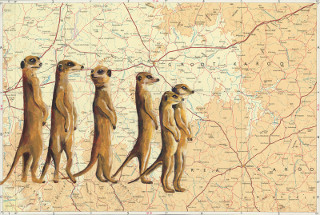
Meerkat
The collective noun for a group of meerkats is a “mob” or a “gang”. Very aptly named as there are few animals on Earth who work as well together as meerkats!
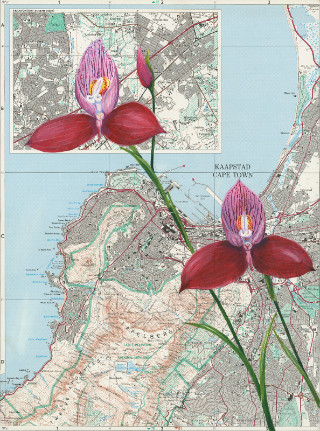
Red disa
Celebrating the Pride of Table Mountain, the endemic Red Disa. Relatively rare this bright flower is the floral emblem to the Western Cape and always a pleasure to see.
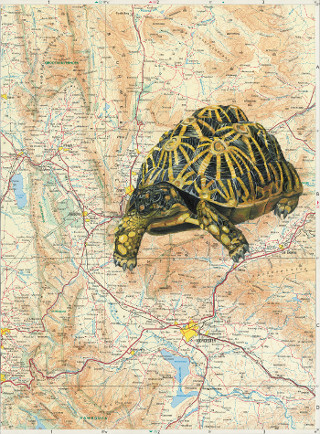
Geometric Tortoise
The beautifully patterned Geometric tortoise is one of the rarest tortoise species in the world and is classified as critically endangered. There are only 3 populations left, restricted to renosterveld pockets in the south western part of the Western Cape, including Ceres and the Tulbagh-Worcester valley, shown on the map here.
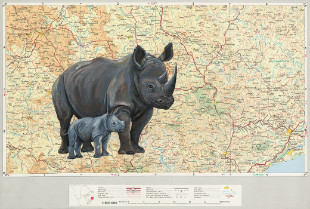
Black Rhinoceros
As we are so aware, the Black Rhino is critically endangered, with 3 sub species having been declared extinct, the most recent in 2011.
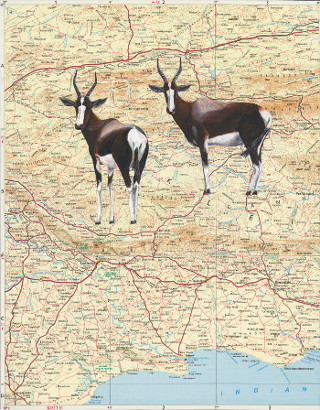
Bontebok
Did you know that the Bontebok came near to extinction due to European settlement and hunting in the early 19th century? They were thought of as pests and killed extensively.
Mappa mundi
The word ‘map’ comes from the medieval Latin Mappa mundi, wherein mappa meant napkin or cloth and mundi the world.
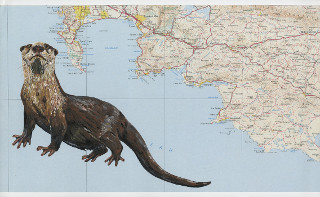
Cape Clawless Otter
On the alert, a Cape Clawless Otter checking out its surroundings before it slips back into the water.
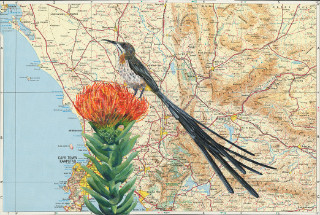
Sugarbird on pincushion
The Cape Sugarbird, perched here on an Orange Pincushion, is one of six bird species endemic to the Fynbos biome.
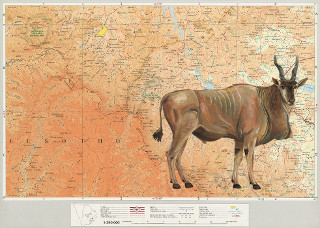
Common eland
The eland is a sight to behold, and for me, they are particularly associated with the slopes of the Drakensberg Mountains.
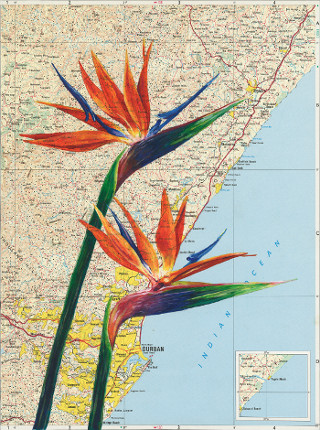
Crane flower
The iconic, vivid crane flower, or bird of paradise, is one of the most popular horticultural perennials around the world, and widely cultivated from Europe to the America’s to Australia.
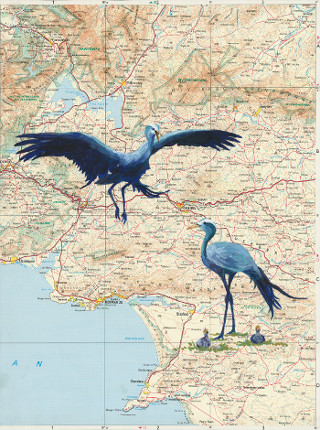
Blue Crane
The Blue Crane, our national bird of South Africa, is endemic to southern Africa, with 99% of the population occurring within our borders.
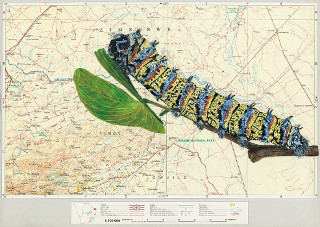
Mopane worm
You’ve probably more likely seen a dried Mopane worm, than a living one, especially if you’ve stopped along the side of the roads in Limpopo and Mpumalanga to get some “padkos” from the food stalls.
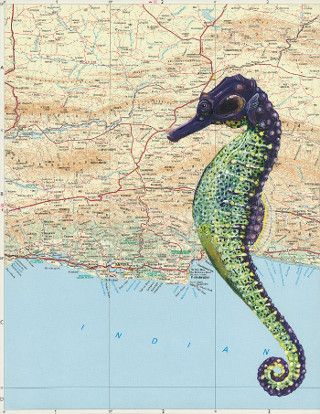
Knysna Seahorse
Seahorses are bizarre, mythical creatures in their own right, being fish, with a horse-shaped head, monkey-like tail that grips on seaweed, eyes that move independently like a chameleon, and a kangaroo-like pouch, but on the males, in which they incubate the eggs, giving birth to offspring!
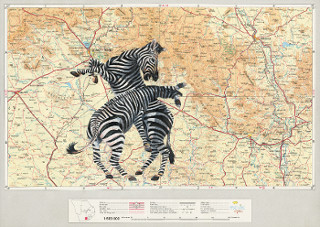
Cape Mountain Zebra
Historically, Cape Mountain Zebra occurred throughout the montane regions of the Cape, but after almost being driven to extinction, they are now classified as vulnerable and occur in only a few of our national parks, mainly Mountain Zebra National Park in the Eastern Cape (top right of map).
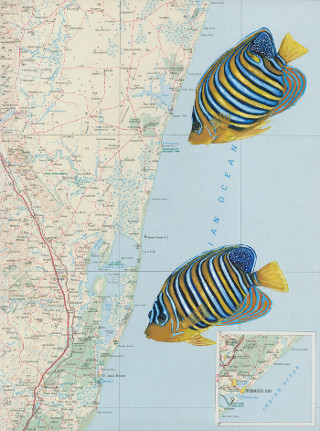
Regal Angelfish
Swimming down the warm, tropical east coast, Regal Angelfish are some of my favourite coral reef inhabitants to see whilst diving, especially at Sodwana Bay for their striking stripes and incandescent colours.
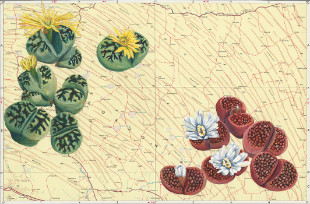
Stone plants
Lithops is a genus of succulent plants in the ice plant family, native to southern Africa. The name is from Ancient Greek and means “stone face”, and they are also often known as stone plants or living stones.
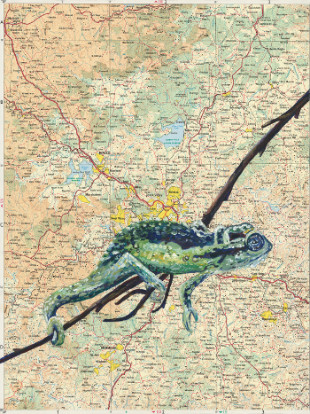
Natal Midlands Dwarf Chameleon
Chameleons are found throughout most of Africa. Dwarf chameleons are unique (endemic) to South Africa.
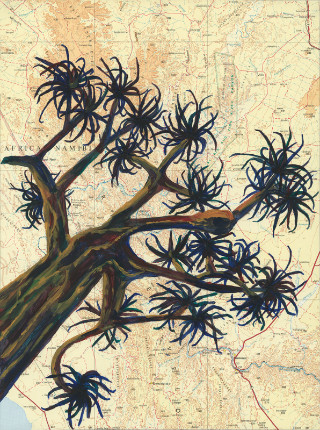
Quiver Tree
Known as choje to the indigenous San people, the Quiver tree gets its English common name from the San people’s practice of hollowing out the tubular branches to form quivers for their arrows. In Afrikaans, its known as the Kokerboom.